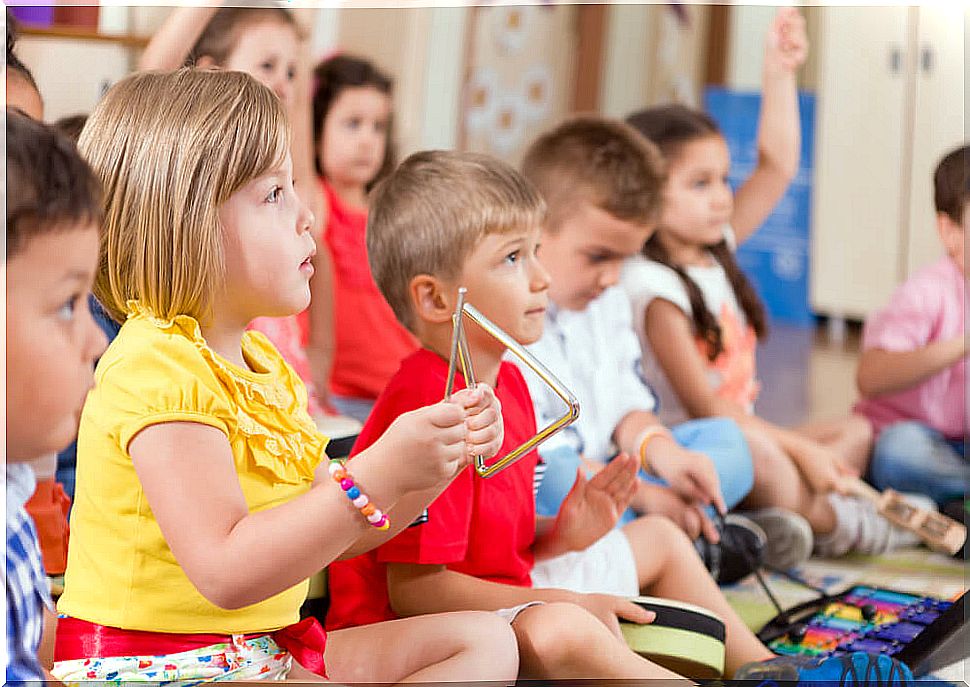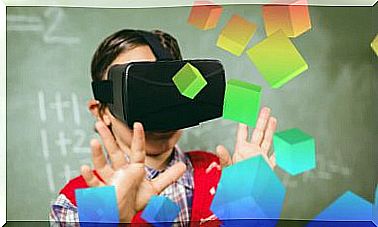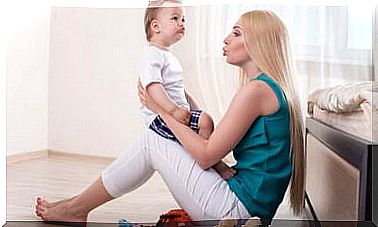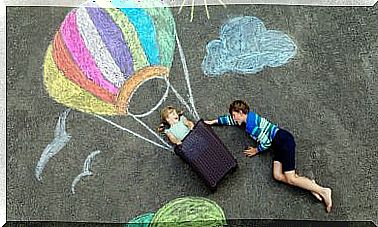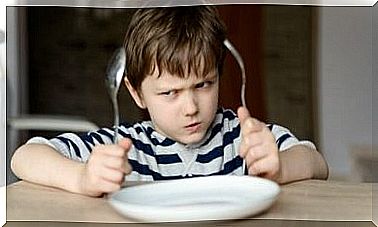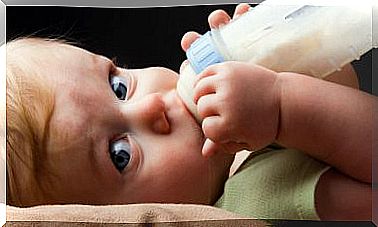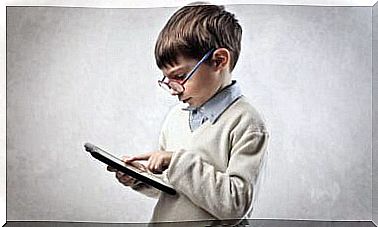How To Work Children’s Emotions With Music
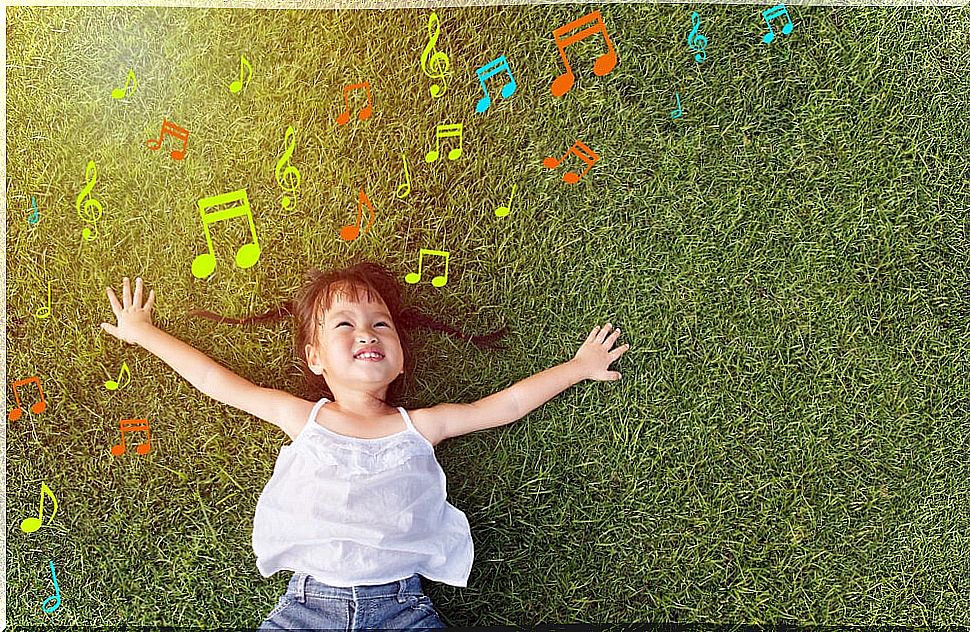
The association of emotions with songs tells us about the personal connection that we are all capable of feeling with music, and how music is used to self-regulate emotions. This is, in fact, one of the most common ways in which music is consumed: to change emotions and moods (Sloboda, 2010). With all this, it is clear that it is possible to work the emotions of children with music.
The connection with music-induced emotion regulation is formed, to a large extent, during adolescence and early adult life. This connection is closely related to the development of self-identity and the influence of peer groups. I mean, most people’s favorite songs and artists are those they listened to with their friends in high school and college.
But, in reality, the influence of music and its relationship with emotions begins much earlier. Children are naturally drawn to music, even when they are very young. Additionally, music can be used to influence children’s emotions, even in early childhood.
In a recent study published in a special issue of Frontier in Human Neuroscience , experts Kimberly Sena Moore and Deanna Hanson-Abromeit studied in depth how music can be structured to facilitate children’s emotional changes from preschool age. Let’s see it.
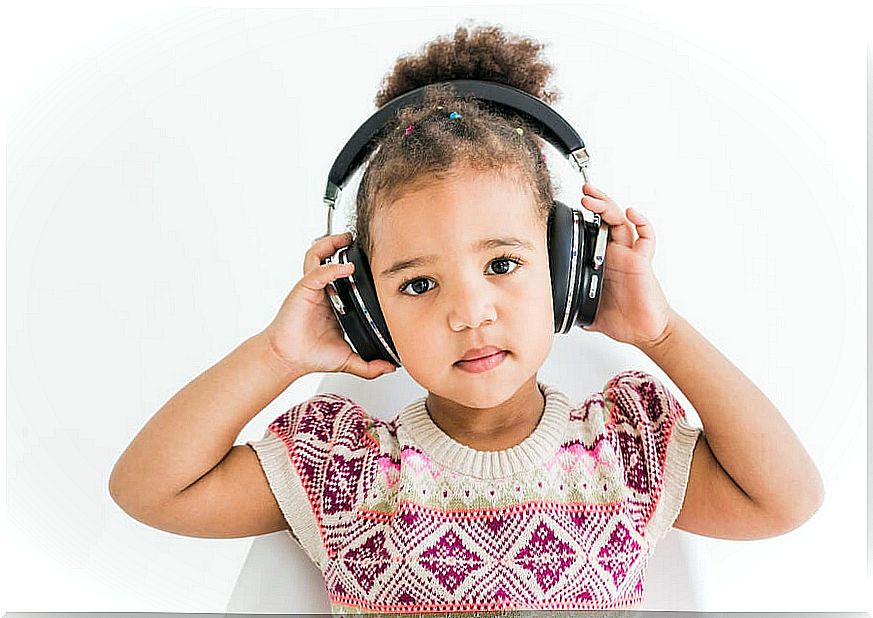
Fundamental reasons why children’s emotions can be worked with music
- Music is appropriate to facilitate children’s development.
- There is a well-documented connection between music, emotions, and physiological arousal, even in babies.
- Music is used in a common way in musical interactions between caregiver and child.
We are going to see some musical forms with which we can influence the emotional state of a child and work the emotions of children with music.
Working on children’s emotions with music: musical transitions
Transitions are the changes that occur throughout the day in the child’s schedule. Children make, for example, a daily transition between sleep and wakefulness, another from home to school, from one class to another, from the formal education classroom to an after-school classroom, from after-school to home, and from wakefulness to the dream.
There are dozens of transitions during the day. Given the energy consumed in them and the chaos that can accompany them, it turns out that there are also dozens of opportunities to help with music to ease children’s transitions.
One way may be to play background music to change the atmosphere of the space and create a calmer atmosphere. Choose music without words that has a slow beat, a soft volume level, and a beautiful, melodic sound. Play the music for 5-7 minutes during the transition time.
Another way may be to create little transitional songs. For example, you can have a song for waking up time, a song for going to bed, or a song for brushing your teeth. There is no need to worry about how this song sounds, it is a way of playing with the child. You can take the melody of a song that you know well and change the lyrics.
Musical Games
Children love to play. They have a good time, socialize and learn through play. So a second way to influence a child’s emotions is through musical play.
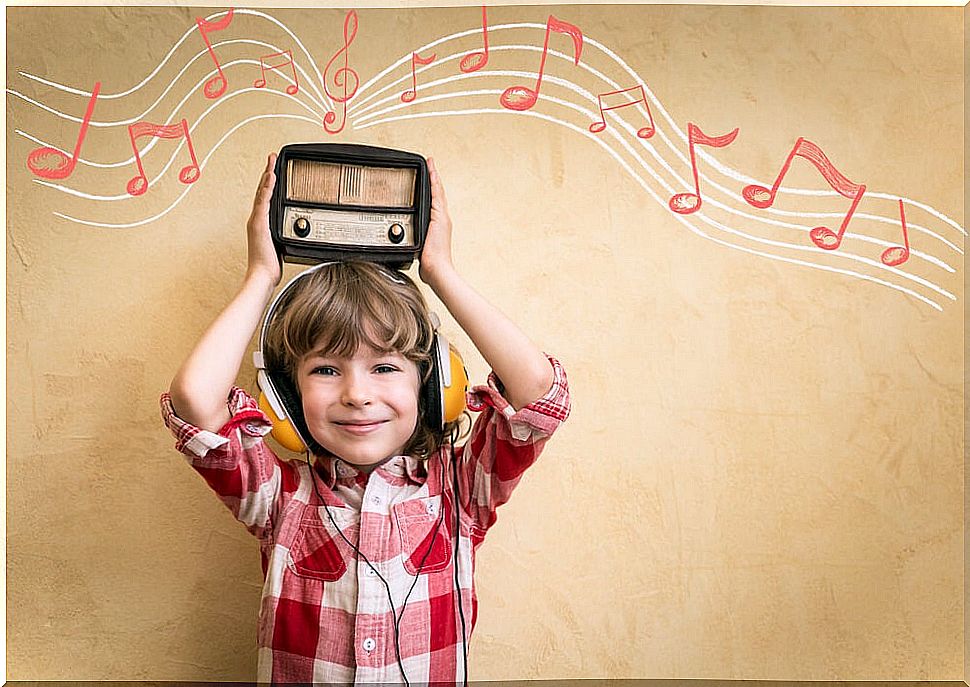
Musical play may include exploration of sounds. We can create rhythms with objects that we find in a room or dance to music throughout the space making a mix of styles.
Musical Calm
There are times to play and times to be quiet. We can use the call to calm down when a child is angry or upset and we want to make him feel better. Also when he is too energetic and we want him to calm down. Music can help with this. Choose a song that is calm or that you really like.
In short, let’s not forget the importance that music can have in the development of a child and in their emotions. It is a great tool capable of facilitating many moments of your day to day.
